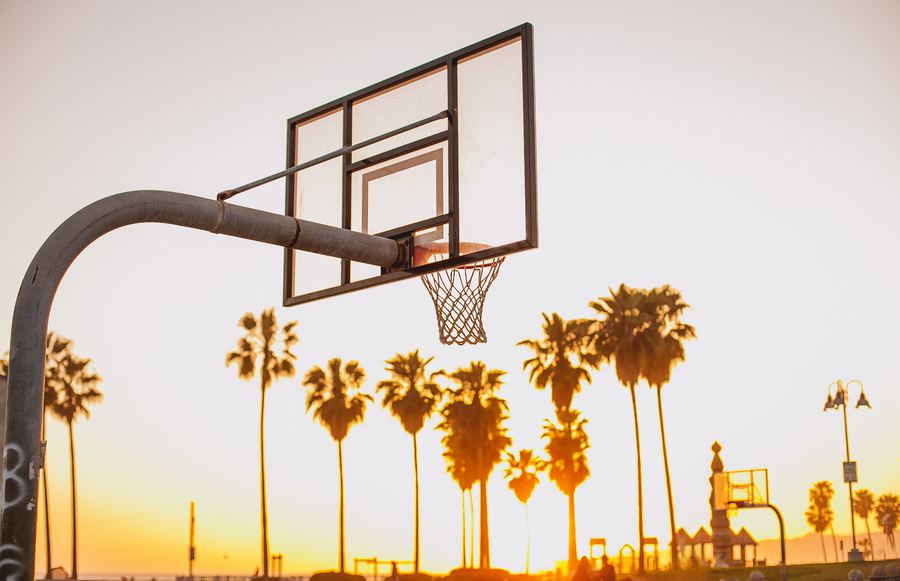Home »
Misc »
How to palm the basketball
How to palm the basketball
How To Become Better At Palming A Basketball
Michael Jordan is famous for his big hands (even by NBA standards) and he often used his palming ability to his advantage on the court.
It’s also an essential skill in order to be able to consistently dunk a full-sized basketball.
When I set my goal to be able to dunk a basketball back in 2016, there were two major obstacles.
The main obstacle was being able to jump high enough to get the ball above the rim, and the second was ensuring I could keep a ball under control in order to successfully dunk it without sending it flying off course.
I spent 8-weeks working on my vertical leap. After that, the only thing holding me back from being a good dunker was my ability to consistently palm a basketball.
Big jumps aside, solid palming is essential during the slam dunk
Luckily, I found that training to palm a basketball wasn’t as hard as I expected, despite my smallish sized hands.
I’m first going to discuss two important factors that influence your palming ability, hand size and palming technique, and then cover some methods which will improve your ability to palm a basketball.![]()
Requirement 1: Hand Size
It should be obvious that hand size plays a big role in your ability to palm the ball.
You can have fantastic power and technique but the closer together your fingertips are, a smaller amount of the total pressure will apply an inwards force on the basketball.
Imagine your hand is one inch long – it doesn’t matter how much grip or power you exert, the ball won’t stick. It’s simple physics.
So, is there a ‘bare minimum’ hand size?
Well, technically there isn’t a single measurement that determines whether or not you are capable of palming a basketball.
It’s not just about hand length (measured from the wrist to the top of the middle finger), but also hand span (the distance between your thumb and pinky when you spread your hand out). You could have a relatively short hand length, but have really wide hands, for example.
In addition, finger/grip strength is also part of the equation. You can make up for having smaller hands with greater grip strength.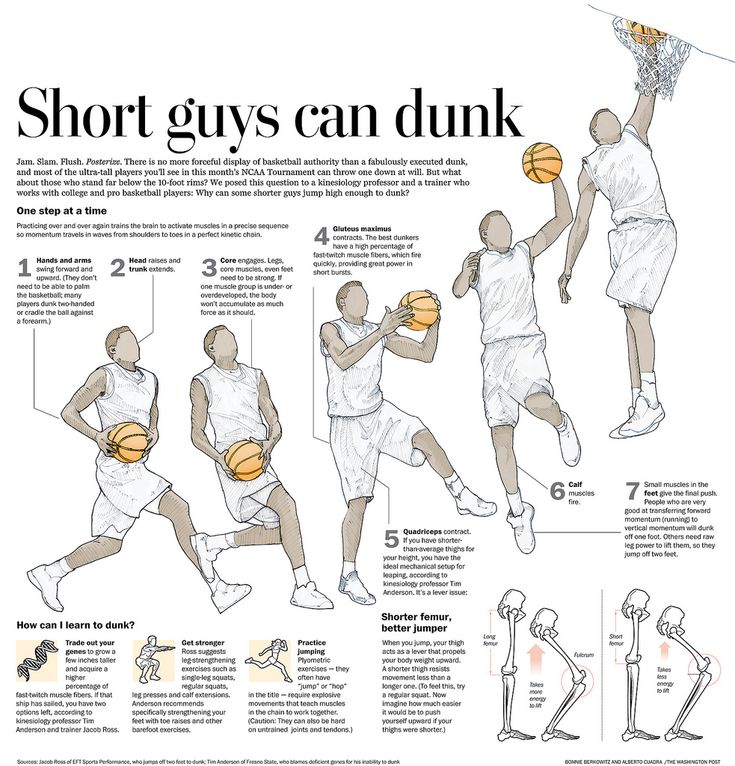
Your hand size will determine how easy or hard it is to palm a basketball
However, realistically speaking, to be able to comfortably palm a basketball after training technique and strength, here are some ballpark minimum figures.
Hand Length: 7.5″ (this is slightly over the average male hand length of 7.4″)
Hand Span: 8″
With these measurements palming a ball might be a little tricky at first, but if you train your technique and grip strength you’ll ultimately be able to palm the ball fairly comfortably.
People with smaller hands might be able to palm the Basketball, but technique would need to be even better.
For reference, in the NBA draft combine, the smallest hand length you’ll see is typically around 7.75″-8″, although there have been years featuring players with a 7.5″ hand length.
How To Measure Your Hand Length and Span
You will need a standard ruler to find out your own hand measurements.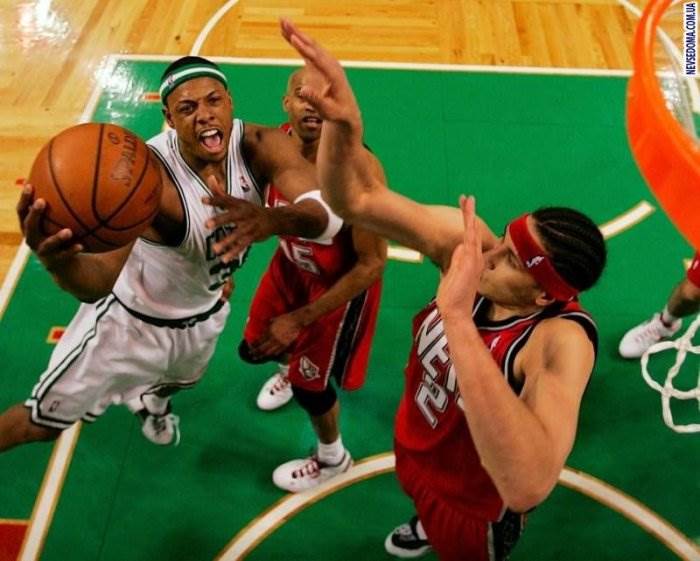
To measure hand length, measure from the base of your hand (where the wrist begins) to the top of your middle finger.
Fig. 1: Measuring Hand Length
To measure hand span, spread your thump and pinky as far apart as you can across a ruler, as shown below:
Fig 2. Measuring hand span
Requirement 2: Strength and Technique
There is definitely more to palming a basketball than pure hand size. In fact, your palming skill is extremely important and will be an equally important factor as your hand size.
Most players didn’t just pick up ta basketball from day 1 and have the ability to palm it securely – unless they’re Michael Jordan.
Basketball players will often subconsciously be practicing palming the ball when they have the ball in their hands.
Once you are able to palm the ball fairly well, it’s just a matter of spending more and more time palming the ball to maintain your ability and further strengthen the muscles involved in palming.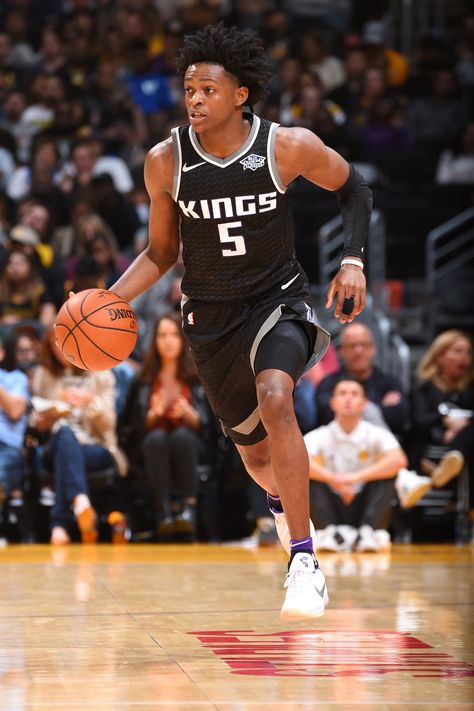
To get to that point, you need to work on your grip strength.
When it comes to grip strength, you need to keep in mind that there are three different types:
- Crush Grip: Grip between fingers and palm that gives you the ability to ‘scrunch’ something – think shaking hands, crushing a beer can.
- Pinch Grip: The grip between fingers and thumb. This is what matters most.
- Support Grip: The grip needed to keep hold onto something – e.g. holding onto a bar during deadlift/pull-ups
For many people, hand grippers spring to mind when they want to improve their hand grip. These things strengthen your hand flexor muscles you use to crush things, but when it comes to palming a basketball, there are more efficient ways of training.
Hand Grippers aren’t very helpful because they don’t reflect the grip used for palming a basketball
The crush grip and support grip are not as important for the purpose of palming a basketball. What needs to be your main focus for training is your pinch grip.
What needs to be your main focus for training is your pinch grip.
Strengthening Your Pinch Grip
Now that we’ve established that you need to strengthen your pinch grip in order to comfortably palm a basketball, let’s go through some exercises you can do to do that.
Fingertip Pushups
These are pretty self-explanatory. Perform a standard pushup but instead of having your palm flat on the ground, lift your palm up so your body is supported by your fingertips.
This is a more challenging variation of the pushup, so if necessary leave your knees on the ground to begin with in order to make the exercise easier.
Fig. 4: Fingertip Pushups
Horizontal Basketball Palming
Since gravity is your enemy, you can start out palming your basketball by palming it horizontally – i.e. parallel to the floor. Since the bottom half of your hand will also be producing an upward force on the ball, it will be easier to palm.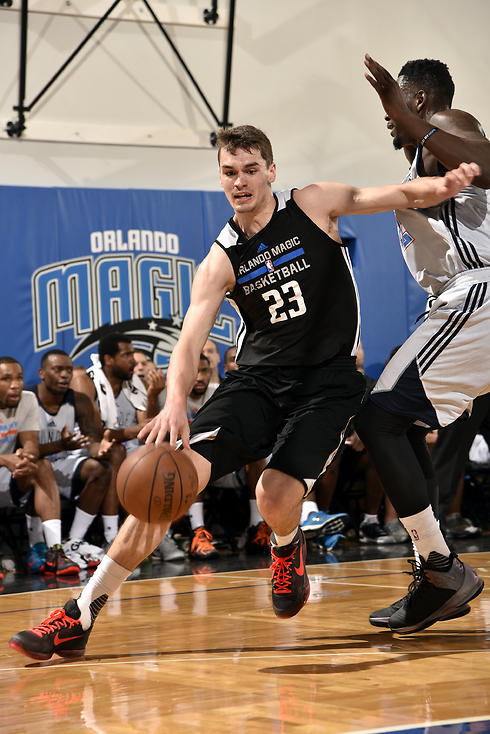
Start palming the ball horizontally to make things easier for yourself
You should feel a burn running down your forearm after doing the exercise for long enough. Don’t overtrain in order to minimize the risk of high muscle tension induced spasm.
Each day, record the maximum number of seconds you can palm the basketball in this manner. You should see continual improvement.
As you improve, gradually start angling the ball towards the floor so that you are less and less reliant on the help you get from the upward forces acting on the ball.
Palming Smaller Balls
When you are trying to strengthen your grip using a basketball, you need to be palming for at least 5 seconds at a time, otherwise your fingers won’t have much opportunity to develop.
If you are unable to do the above exercise for a meaningful amount of time, then instead start off with a smaller leather/rubber ball to practice with.
For this purpose, I’d suggest either getting a womens basketball or a handball (handball is a popular sport in Europe, and the ball is significantly smaller than a Basketball).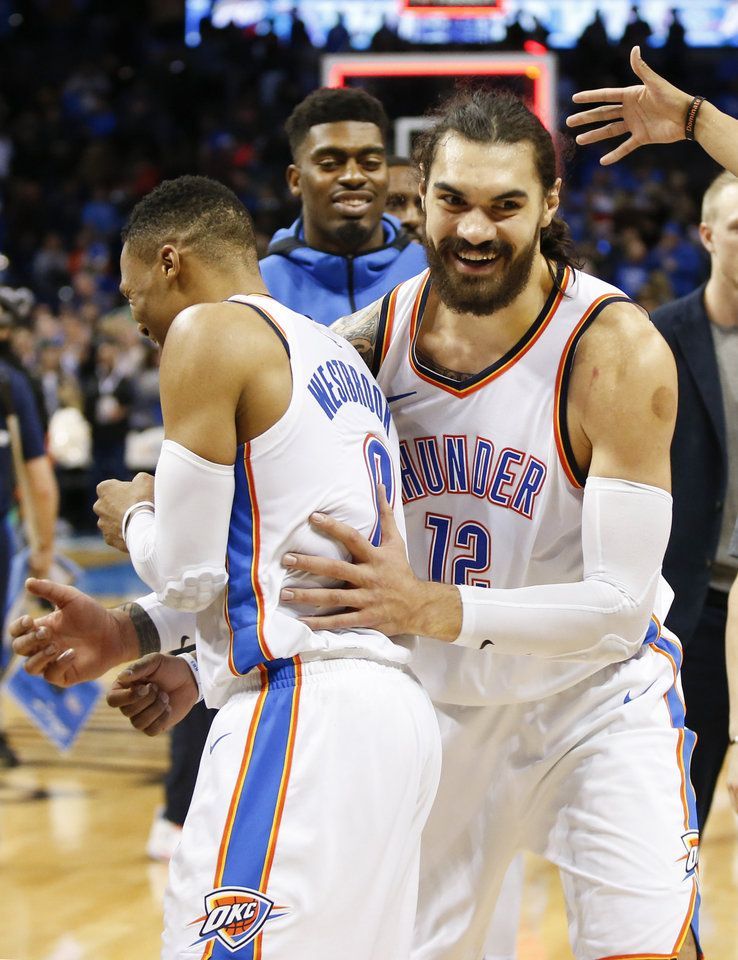
Try and become comfortable palming either of these smaller balls for 20+ seconds before moving on to a men’s basketball.
Finger Stretchers
Unlike hand grippers, finger stretchers are a great way of training finger muscles in isolation. They can be purchased for cheap online and will strengthen the same muscle groups involved in the pinch grip.
Finger Stretchers are a good aid for learning to palm a basketball
Training with a Climbing Wall
If you want to see people with insane grip strength, look no further than climbers.
Because a climbing wall or natural climbing rocks have random contouring, climbers end up stressing different muscle groups during the course of a climb. As a result, you end up training all 3 kinds of hand grip without even realizing it.
I’ve done some climbing sessions before, and noticed immediate improvement to my basketball palming ability shortly after. The burning sensation going down your forearms and fingers after a session is unlike any other.
‘True’ Palming vs Pseudo-Palming
You might have read top players like Kobe Bryant or Anthony Davis can’t palm the ball.
Or how about the story that 6’10 Kevin Durant had to tell photographers he wasn’t able to palm the ball when posing for photos?
Yet Kobe, Anthony and Kevin are some of the most efficient dunkers on court. Kevin and Anthony are big guys even by NBA standards.
The point is even these guys have trouble effortlessly palming the ball in the truest sense, and will typically just cradle the ball during a dunk.
When training to palm the ball, your goal therefore isn’t to be able hold a basketball like a tennis ball. Very few people, even in the NBA, actually have that level of control over the ball.
Instead, improve your one-handed control over the ball and get it to a level that allows you to perform the moves you want. In my case, having enough control to dunk the ball was sufficient.
Men Before vs Men Now
Ever notice how your dad’s and his friend’s hands typically look bigger and manlier than yours? It’s not just an age thing – the younger generation are in fact getting weaker.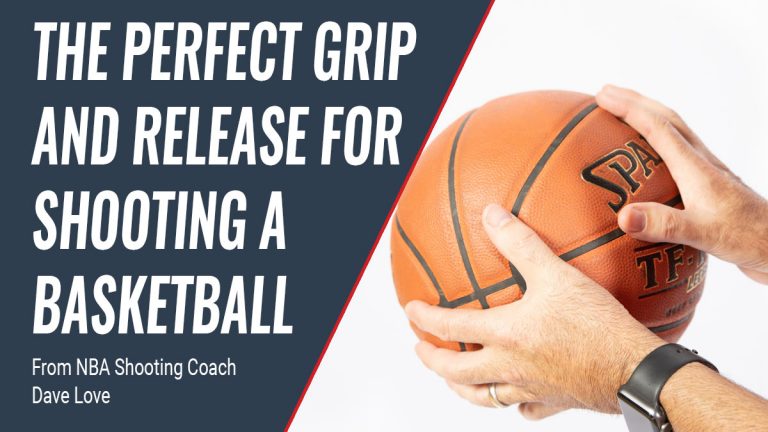
According to a study by the Journal of Hand Therapy, today’s men have a significantly weaker crush and pinch grip than men 30 years ago.
Lifestyle changes have meant that men’s grip strength has decreased over the years
That’s because men’s lifestyles have changed, with a more relaxed, less active lifestyle.
Be it helping with the shopping, going to the gym and doing deadlifts/kettlebell swinging or just playing basketball on a regular basis, you need to get off the computer and get physical.
Grip strength is a strong indicator of strength in general, and if you are finding it difficult to keep a grip on a basketball, your time might be better spent becoming stronger overall than focusing purely on palming in a band-aid manner.
Does The Basketball Make Much Of A Difference?
Yes! Some basketballs are naturally grippier than others. For example, the Wilson Evolution indoor basketball that is popular in college basketball is known to be very grippy. By contrast, the genuine leather official NBA game ball is slightly smoother and harder to palm.
Hopefully this article will help you become better equipped to start working on your ability to reliably hold a basketball. Let me know in the comment section below if you have any other questions!
How to Palm a Basketball?
As a basketball player, it’s one thing to have a high vertical jump. And it’s another to get up in the air with the ball facing a ton of defenders that try to stop you from slam dunking.
That’s where palming a basketball comes in—it’s a super-secret way most pro-NBA players use often. They use this technique to get more control of the ball on the court.
It’s far beyond dribbling a player with the ball under your hand as you move up and down the court. Instead, it’s holding and squeezing the ball with one hand.
Professional basketball players know this for a fact: “learning the skill of palming is crucial to gain a huge advantage on the court.”
That’s why we’ve created this article to help you enhance your palming ability. Plus, we’ll be giving you some key nuggets on how to palm a basketball and become a better player.
Plus, we’ll be giving you some key nuggets on how to palm a basketball and become a better player.
Quick Navigation
What Influences Your Palming Ability?
As a basketball player, you’ve been itching to step up your palming game, right? But, the process seems tough. Take a chill pill! Palming isn’t as hard as you think. Let’s start with what affects your palming activity:
Your Hand Size
It’s obvious. The size of your hand plays a significant role in your ability to palm the ball. You can swank as much as you want about your incredible power and technique.
But, if your hands are small—your fingertips will be closer together, and you can only apply little pressure on the ball—which makes your power and technique negligible.
For instance, if your hands are less than an inch long, the ball won’t stick—that’s physics for you.
There’s a perfect yardstick for hand size. A big and full hand gives you an added advantage—to hand span. To measure your hands, use a standard ruler to measure from where your wrist begins to the top of your middle finger.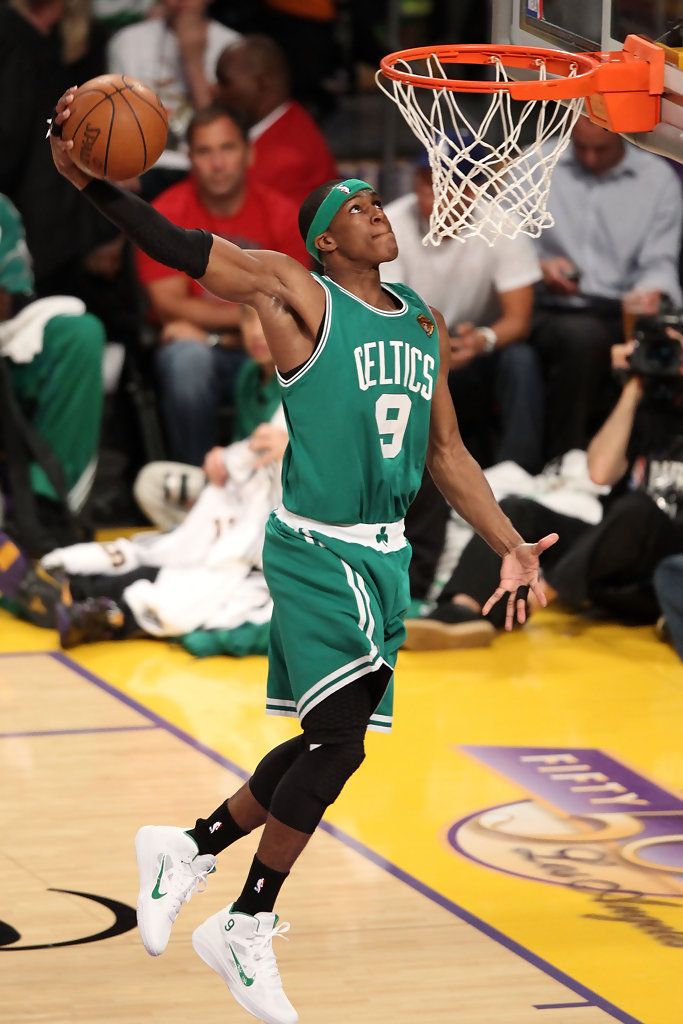
For your hand span measurement, spread your pinky and thumb as far apart as you can on a ruler.
Your Strength and Technique
Asides your hand size, you have to look into palming the ball at every opportunity. When you can palm the ball to an extent—practice more to strengthen your palming muscles, and maintain your ability.
Also, you have to work on your grip strength—which increases your efficiency in palming.
So, what do you do to improve your palming over time?
10 Drills That Will Improve Your Palming Skills
To palm the ball like a pro, you need to drill your hands to increase strength and grip. Here are ten drills that will help:
A. Training That Will Increase Your Hand Strength
Finger Stretches
To perform finger stretches effectively, you have to do it on a flat surface like a table. When you place your hand on the table, ensure that your palm faces down—with all your fingers stretched as far as possible.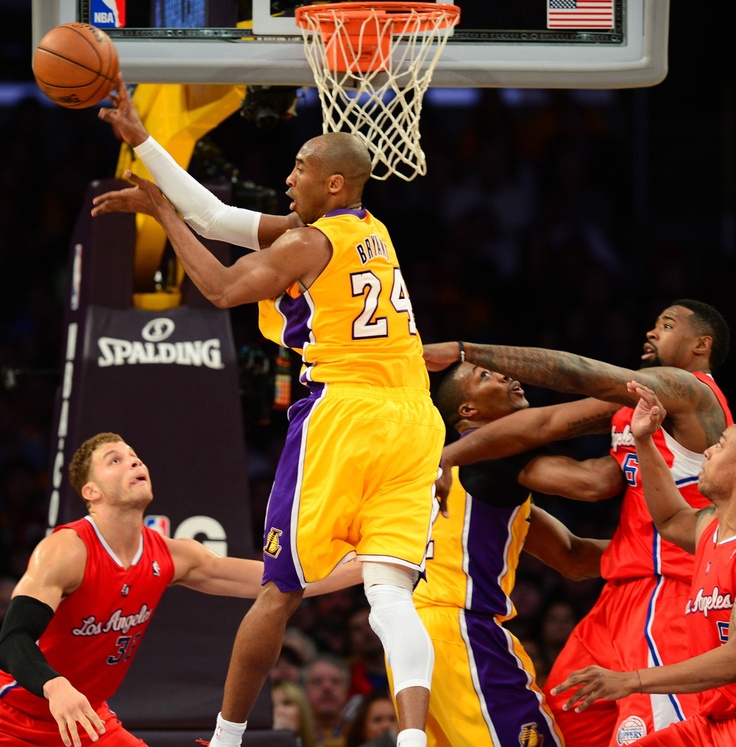 Then, hold for 30 to 60 seconds before you release.
Then, hold for 30 to 60 seconds before you release.
When you’re doing this exercise, don’t force your joints in the process. If you have any difficulty flattening your hands completely—work on it to get the most out of the exercise. Repeat the exercise about three to four times for each hand.
Palm Stretches
Palm stretches are one of the most effective ways to improve your hand and finger strength. You can start by placing your palm on a flat surface and spreading out all your fingers.
Stretch your pinky finger as far as you can and brace your thumb against your other hand’s palm. Then, lift your hand off the flat surface—but; ensure that your fingers remain pressed onto the surface. Then, squeeze your fingers to the table as you push your palm.
Hold your hand in position for 20 seconds and release. Repeat the process for your other hand.
Thumb Stretches
Thumb stretches are easy. All you need to do is try to separate your thumb away from your hand as possible.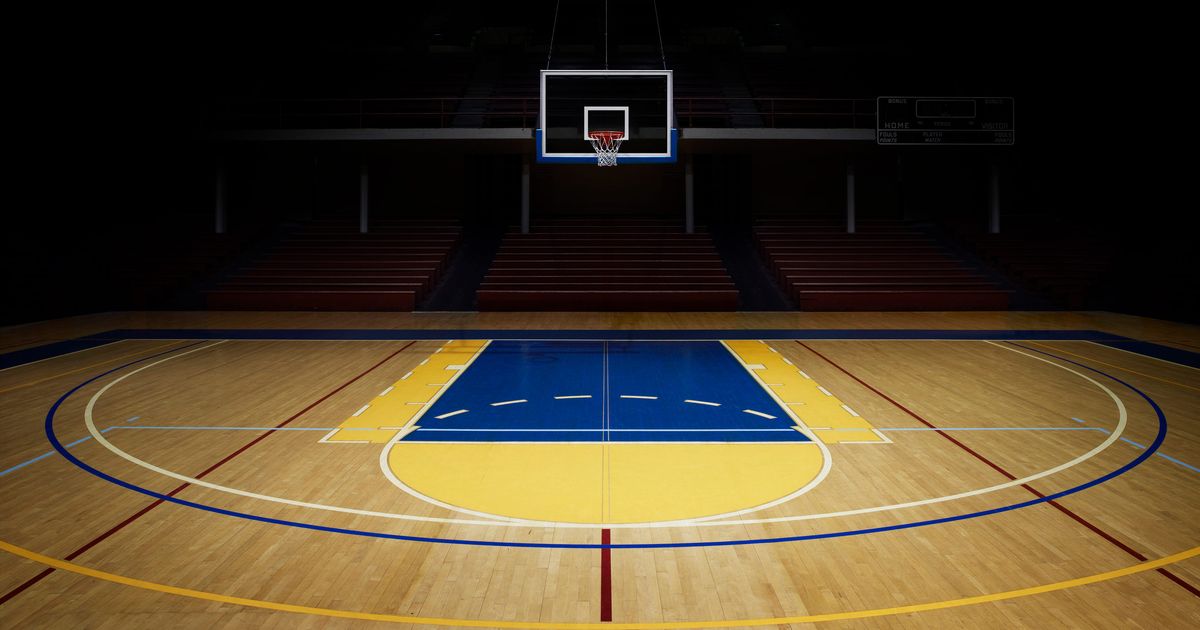 After that, stretch your thumb in the opposite direction; make it touch the base of your pinky finger. Then, hold it for 30 to 60 seconds, and repeat with the other hand.
After that, stretch your thumb in the opposite direction; make it touch the base of your pinky finger. Then, hold it for 30 to 60 seconds, and repeat with the other hand.
Claw Stretches
The name of the procedure says it all. The goal is to make your hand look like a claw. To achieve that, place your hand in front of you and bend your fingertips to touch the finger joints base. Hold your fingers in that position for 30 to 60 seconds. And repeat it with your other hand.
Palm Slaps
If you want to boost your hand strength and grip strength alongside—do some palm slaps. It involves holding your basketball with one hand and slamming it into your other hand’s palm. While you’re at it, squeeze the ball as hard as possible. You can do about 20 slaps on each hand per session.
B. Drills That Improve Grip Strength
Plate Pinching
Plate pinching helps to increase your pinching strength—which is one of the secrets to overall gripping strength.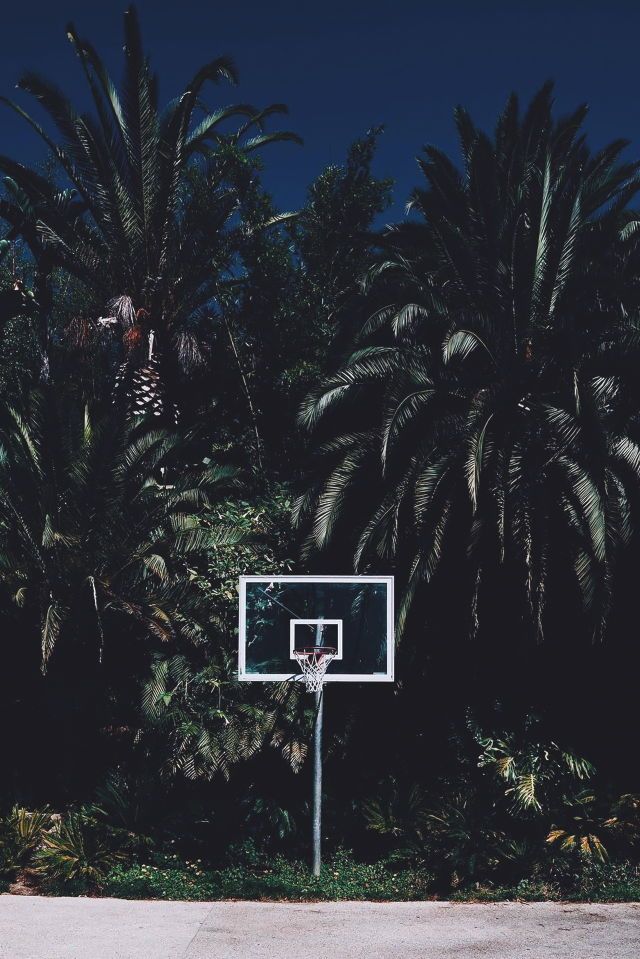 It involves taking two plates that weigh the same (for instance, 6lbs each). Put the plates together, and use your thumb to grip one of the plates—while you hold the other plate with your other four fingers.
It involves taking two plates that weigh the same (for instance, 6lbs each). Put the plates together, and use your thumb to grip one of the plates—while you hold the other plate with your other four fingers.
Next, hold the plates in this position for about 20 seconds. Repeat the process severally with one hand before you switch to the other. When you’re used to the exercise, step up your game by doubling the weight of the plate. You can also try holding the plates with only your thumb and pinky finger.
Fingertip Push-Ups
Oh yes! The same push-up, you know. The only difference is; you’ll be doing the exercise on your fingertips. While you’re in position for your push-up, spread out your fingers. With just your fingertips, commence with pushing your body off the ground.
Make sure your back remains straight on the position as you lift your body. Plus, keep your chest right above the ground, when you go down. Don’t worry about your fingers being straight during the exercise.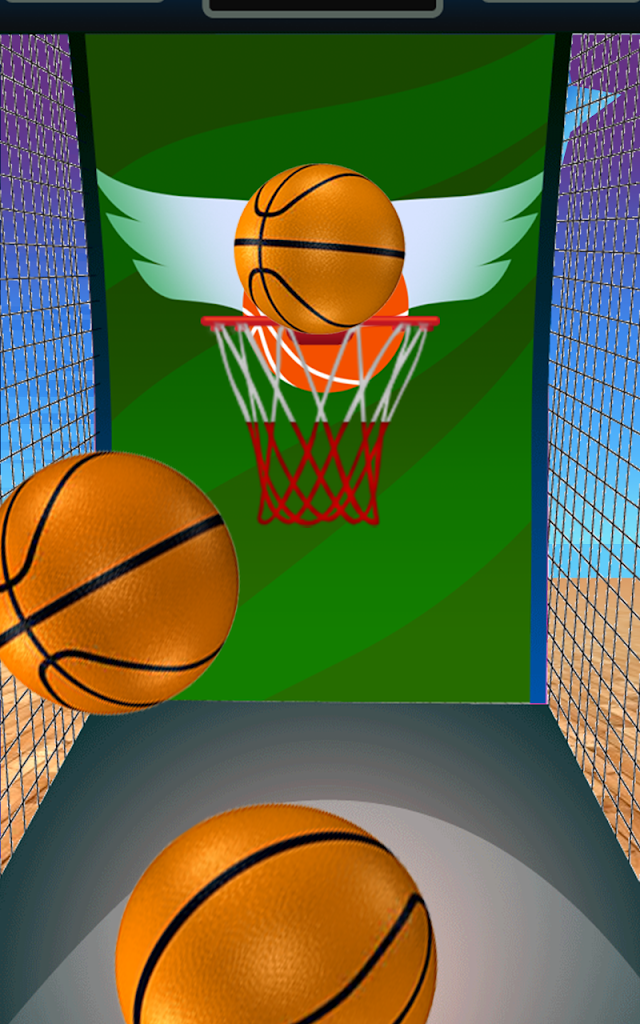 Start with a few push-ups and increase when you’re comfortable.
Start with a few push-ups and increase when you’re comfortable.
Pull-Ups
With an overhand grip, grab a pull-up bar with both hands. Both hands should stay shoulder-width apart. Then, you can lift your body above the bar—as you pull up with your back muscles. Or you can wrap the pull-up bar with two towels. Grip the sheets and proceed with your regular pulps.
Reverse Curls
If you’re familiar with reverse curls, you should know that it works your biceps. Interestingly this exercise also has a positive impact on your grip strength. All it takes is for you to hold on to the bar with an overhand grip, and keep your hands shoulder-width apart.
Aluminum Can Squeeze
Save the squeeze for last. It’s best to use an empty can. Then, fill it with nuts, bolts, and rocks. Afterward, grip and hold the can out in front of you. Repeat the same thing for your other hand.
Closing Words
Palming a basketball isn’t rocket science.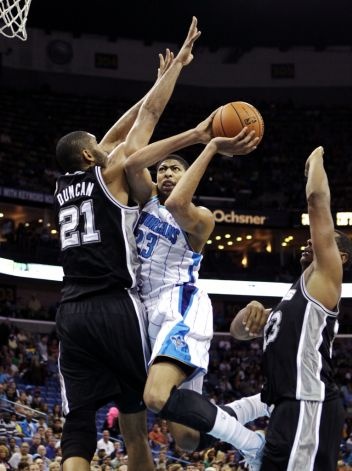
However, it takes a whole lot of hard work to display the skill with ease—except you’re Michael Jordan. With the actionable drills in this article, you can rest assured that your consistency will produce a “Grippier” you.
Which of the drills will you try out first? Did we miss out any effective drill? We’ll love to hear from you in the comment section.
basketball, instruction, storage, care, ESPANDER.com.ua.
Respect! You can't sit on an inflated basketball and hit it with your feet, like a football, with the force of throwing a ball on a hospital object - as a result of this ball, it quickly loses its shape and comes into disrepair.
Inflate a basketball in the appropriate manner: put 1-2 drops of special oil on the opening of the nipple or the neck, take the ball by the panel, where the nipple is located, insert it into the new neck, inflate the ball to the value indicated in the vice tables.
We strongly recommend vicarious oil. Special oil is not only ahead of valve slippage and nipple walls, but it also makes the material of the nipple more elastic, protecting it from drying out.
Special oil is not only ahead of valve slippage and nipple walls, but it also makes the material of the nipple more elastic, protecting it from drying out.
The head is also due to a special buti for inflating balls, and the tip of the head is due to buti equal, smooth, without sharp edges and burrs.
ATTENTION! Always vicorate the vowels for the nipple or the ball, in the other case, you risk damaging the nipple and lose it without a ball.
The amount of grip that is recommended for balls made of different materials and in different types of winding:
| Riven gri | Recommended vice (bar) | Recommended vice (psi) |
| Basketball rubber balls, size 5-7 | 0.7-0.9 | 10-13 |
| Basketball rubber balls, size 3 | 0.6 | 8-9 |
| Basketball balls made of natural and synthetic skins, size 7 | 0.![]() 7-0.9 7-0.9 | 10-13 |
| Basketball balls with natural and synthetic skins, sizes 5 and 6 | 0.7-0.8 | 10-12 |
It is recommended to check the vise in the balls after the help of the monometer.
Rolling the ball creates a pressure and over the world stretching tension on the materials, from such preparations of the ball, with which the term of the ball's service is very fast.
Rolling the ball also negatively affects the game characteristics of the ball, first for everything on yoga.
Take care of that sight.
- After skin irritation wipe the ball with a damp cloth. At the time of the strong, vicorist fabric, soaked in a warm miles pink. Do NOT at any time do not beat up abrasive cleaning cats, and also take care of the retailers and aggressive speech.
- Let the ball dry naturally. If the ball is already wet, wipe it with a soft cloth. Dry the ball in a well-ventilated room, give it heat, at a temperature of + 20-25 ° C and a moisture content of 60-65%.
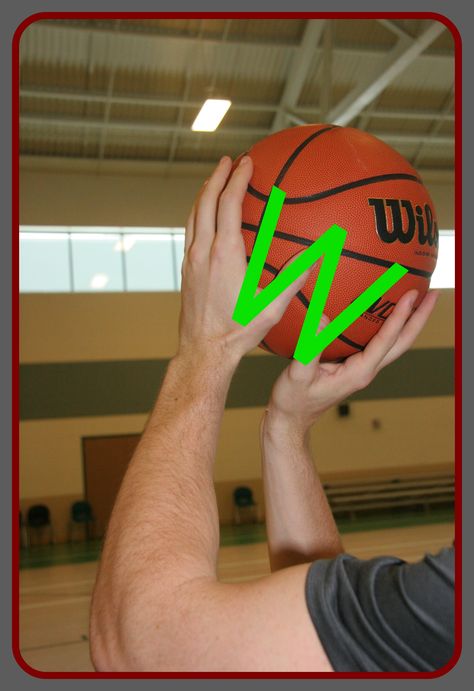 Avoid direct sleepy changes and do not dry the ball nearby, or on the surface of the scorching devices. Trivals of mud, water, increased temperature lead to an increase in the physical powers of the ball and, as a result, its game characteristics, short term of service.
Avoid direct sleepy changes and do not dry the ball nearby, or on the surface of the scorching devices. Trivals of mud, water, increased temperature lead to an increase in the physical powers of the ball and, as a result, its game characteristics, short term of service. - It is recommended to store the balls in a dry ventilated area at a temperature of 5-25 C and an air humidity of 50-80%. The balls are due to protection from falling direct sleepy exchanges, diva, gases and chemical speeches.
- Balls made of synthetic and composite skins should be taken away and transported in a puffed-up look. In the other case, the deformation of the material of the coating and the opening of the panels is possible.
Thank you for the miraculous smile and brilliant wins! :)
Basketball coaching hacks: how to score goals for beginners
Even if you are a novice basketball player, we will not give you a training plan, but we will tell you why the ball flies anywhere but into the ring and into your hands.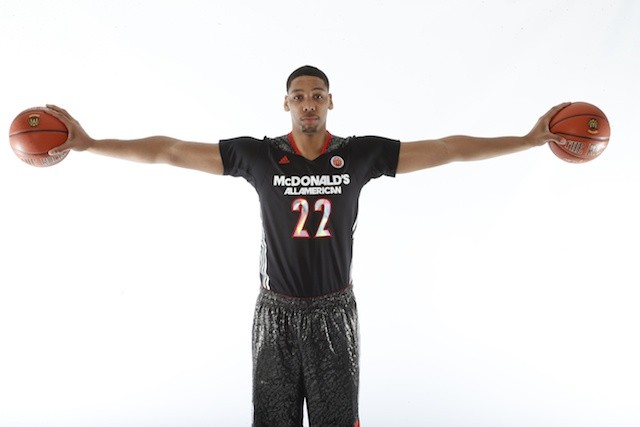 It's all about technique: even with regular training and perseverance, novice adults and children often make simple mistakes. It's a shame, let's fix it. Below are 11 life hacks on how to hone your technique to increase the likelihood of a goal for your team.
It's all about technique: even with regular training and perseverance, novice adults and children often make simple mistakes. It's a shame, let's fix it. Below are 11 life hacks on how to hone your technique to increase the likelihood of a goal for your team.
Basketball Shot Rules for Beginners
1. Hands up
In pursuit of the attacker, raise your hands, even if you are standing with your back to the pass, and even more so if the ring is in front of you. Your raised hands will increase the chance of intercepting the ball from the opponent by 2 times. Don't overlook this little thing!
2. Make shield rolls
Even Tim Duncan did not neglect them! A square is drawn on the basketball backboard. If you are standing opposite the ring, then aim at the middle of the upper part of the square, if you are standing on the side, then at the corner. If you hit this square, then the ball is at 90% of cases will fall into the ring. The law of physics and no cheating!
3.
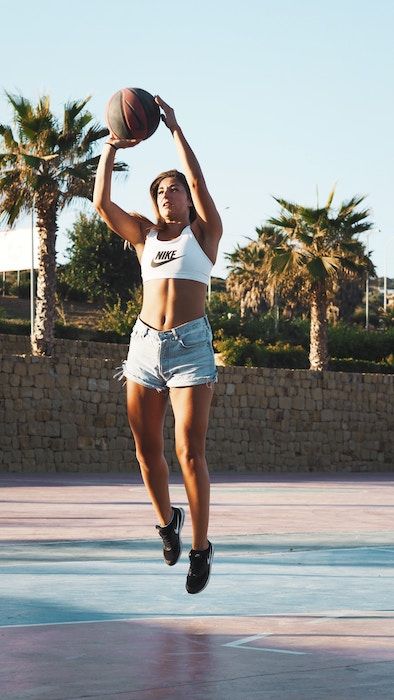
Look at the ring, not at the ball
Practice driving the ball with your hand, not your eyes, develop tactile control. Your eyes should be on the hoop while dribbling and be aware of the position of your body in relation to the hoop. Then you will be able to take the correct posture, and the throw will be effective.
4. Dribble with the balls of your fingers only
The palm should not touch the ball, only the pads of the fingers. Dribbling should become familiar to you, like an extension of your hand. Then you can change its trajectory at any time and you will have more chances to score goals. Practice with the ball constantly.
5. Throw with one hand
If you throw the ball with two hands, you reduce the chance of hitting the basket. All the efforts of the throw are in one hand (in the right for right-handers, in the left for left-handers). The other hand only holds the ball, the leading one holds it with the fingers, not the palm.
6.

Do not jump when protecting the ring
Jumping is the main mistake of rookie defenders. To intercept the ball and block the shot, simply stick out your hands. When you are in a jump, the attacker will easily bypass you.
7. Don't look back
When you dribble, don't look back, but dribble and aim for the ring, focus on shooting (or passing to another player on your team).
8. Bring the throw to automatism
Incorporate the most basic basketball techniques into your training plan and bring the shot to automatism. Throw first from a distance of half a meter from the ring, gradually increasing it. Learn to throw the ball so that it hits the hoop without touching the edge.
Throw the ball with all fives and jump
Throwing Rules:
- Head in the center of the body - if tilted, accuracy is lost.
- Look at the ring: mentally build a trajectory. If you are far away, the ball flies in a curved curve with a maximum height of 2 meters above the hoop.
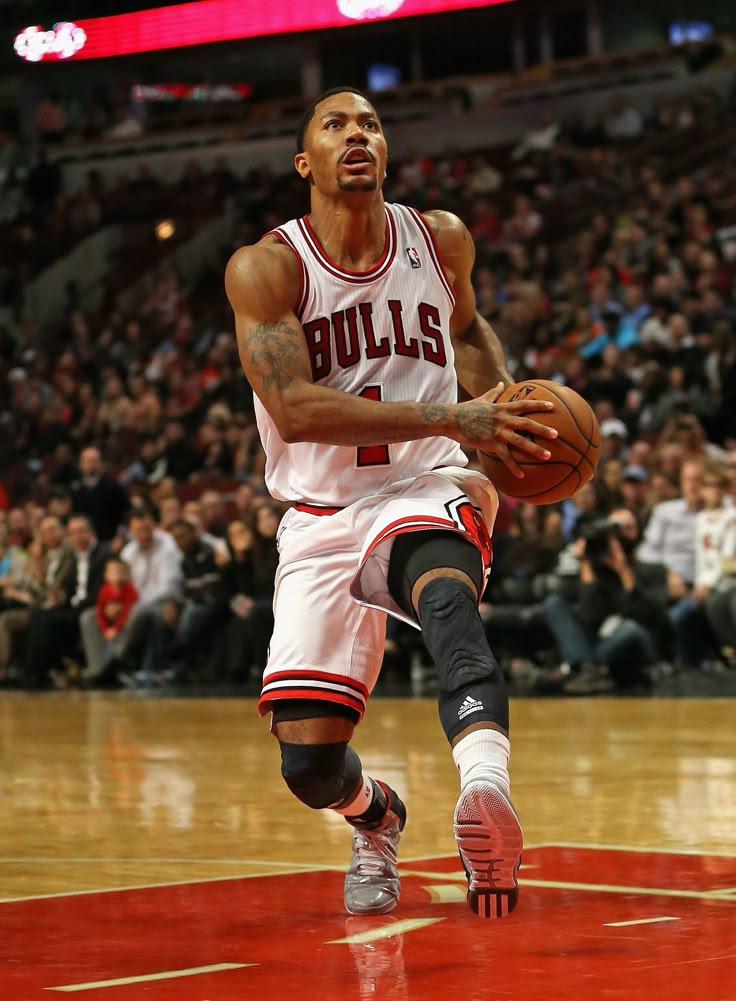
- A strong hand is in front and throws, a weak hand is on the side and directs, only holding the ball. The elbow of the throwing hand must be in line with the ring.
- The ball must rest on the fingers without touching the palm. The fingers are as far apart as possible and grab the ball.
- Throwing arm bent 90 degrees, forearm perpendicular to the floor. If you bend less, then you get not a throw, but a throwing of the ball horizontally.
The main thing in the throw is the position of the body and its balance. Place your feet apart and parallel to each other: it is important to orient them in the middle of the basket. Then the direction of the body during the jump will coincide with the direction of the throw, and the ball will fly straight into the ring. When the feet are uneven, the ball flies in the wrong direction or does not reach (although the throw was normal).
Take a deep breath and release as you exhale.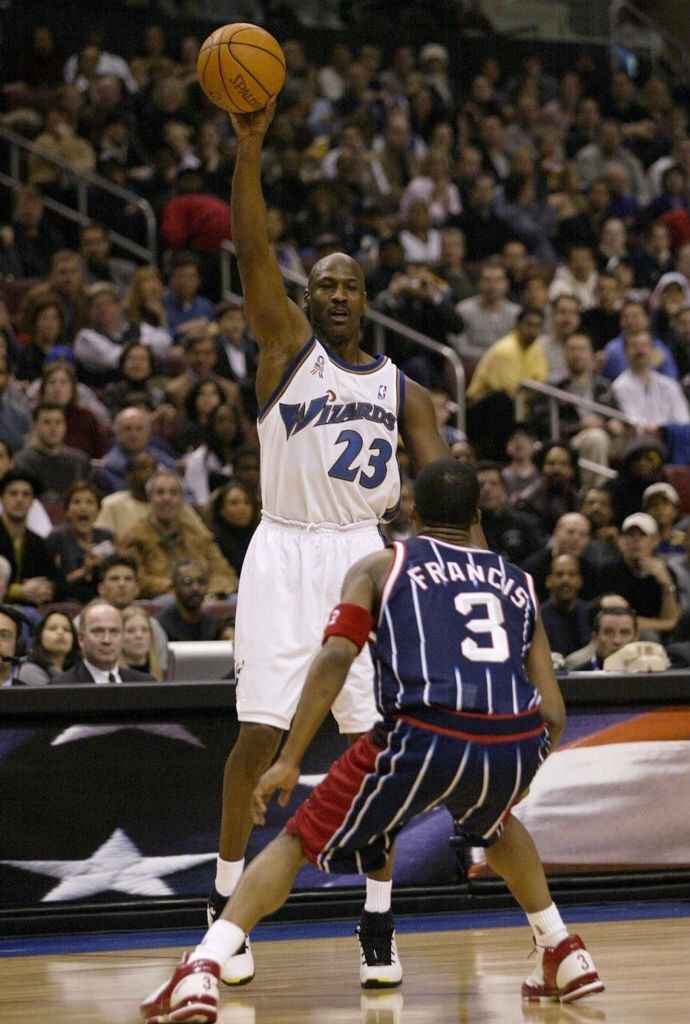
How to hold the ball and shoot in basketball
How to throw correctly: straighten your arm, point your wrist up, and with your hand set the ball to rotate in the opposite direction from the flight. The ball should seem to "roll" off your fingers.
9. Copy masters and play as a team
Watch professional basketball games and try to copy the movements of your favorite players in training. And be sure to conduct game sparring - this will allow you to develop more techniques.
10. Do not throw in a straight line
The higher the arc of the ball, the greater the chance of a goal and the less chance of blocking by the opponent.
11. Do not throw the ball from a full height stand
This is the biggest newbie mistake!
Before the throw, bend your knees slightly and at the moment of the throw, straighten your body, making a jump. You need to straighten up and push off the ground at the same time. When squatting, keep the elbow of the throwing arm close to the body and towards the ring.